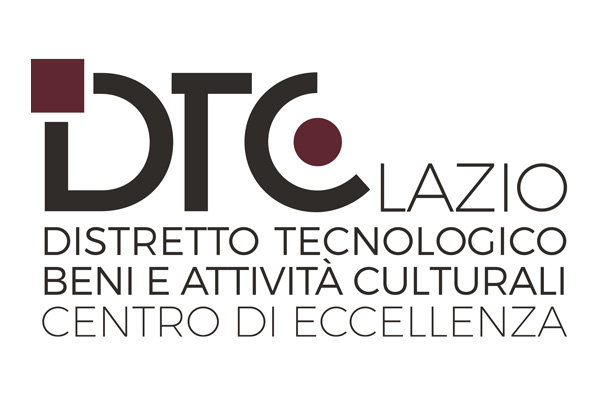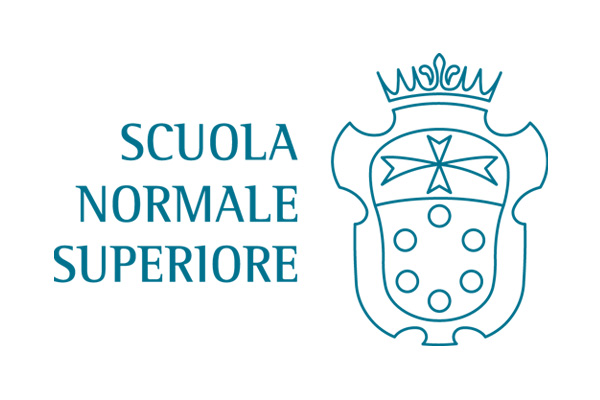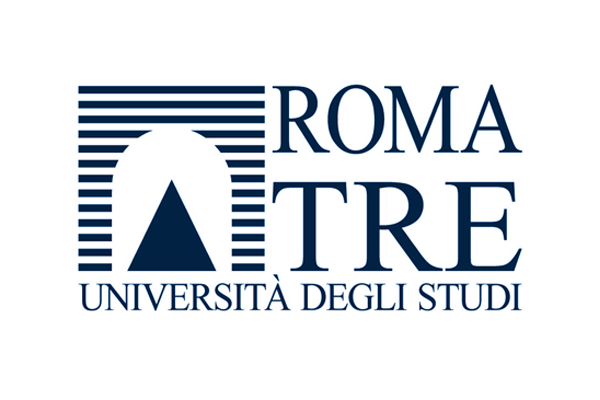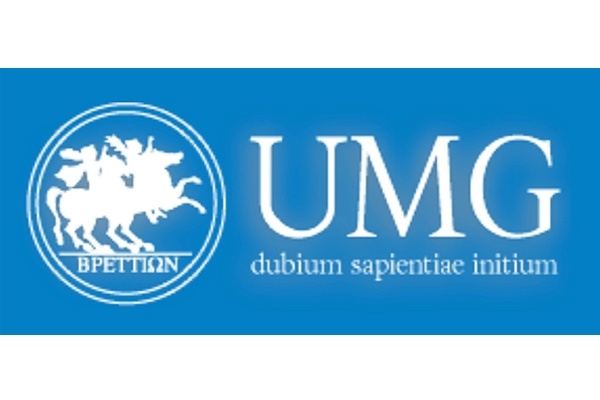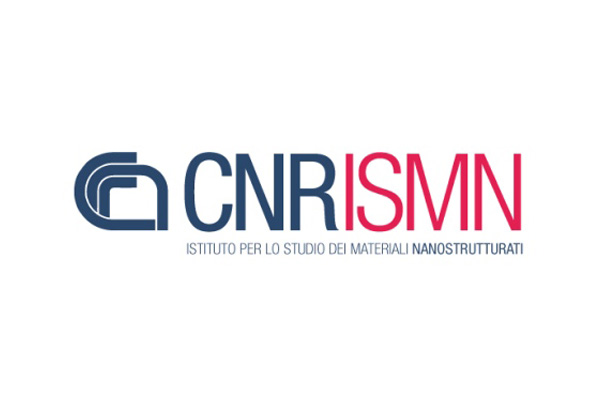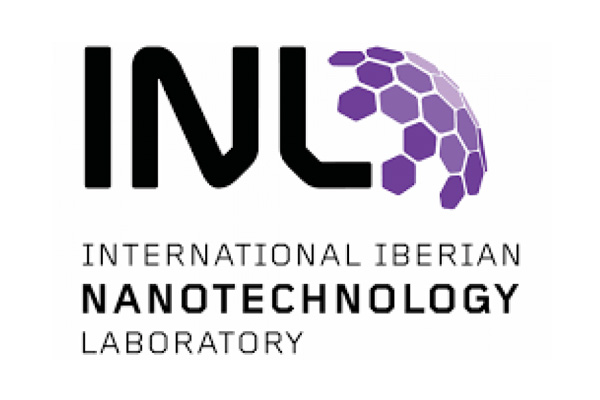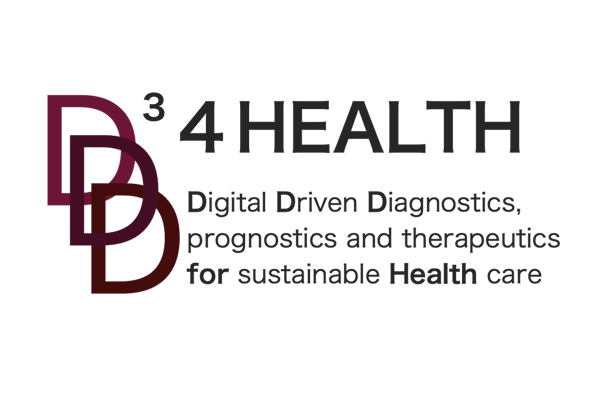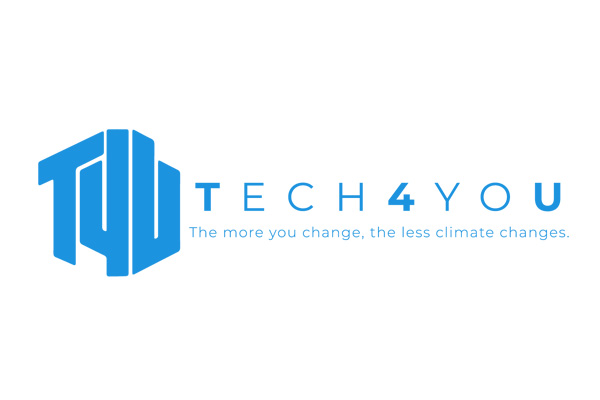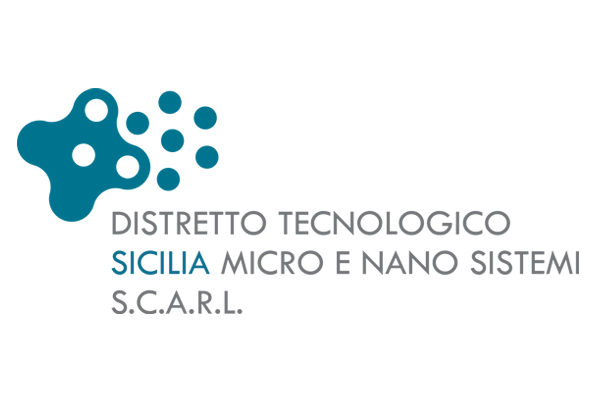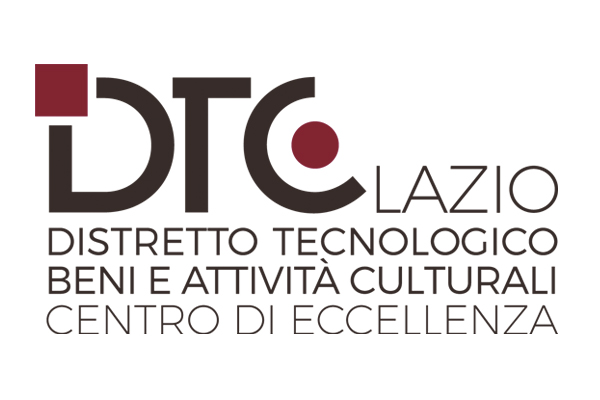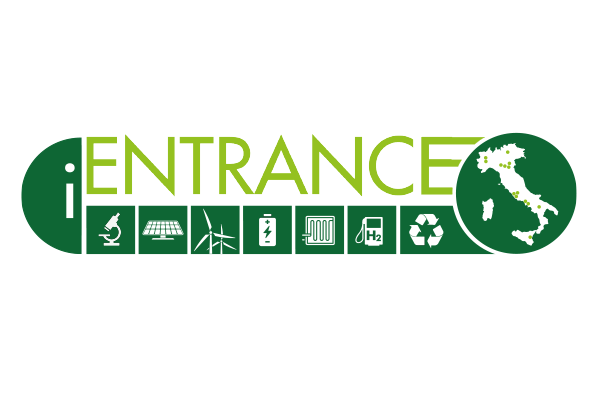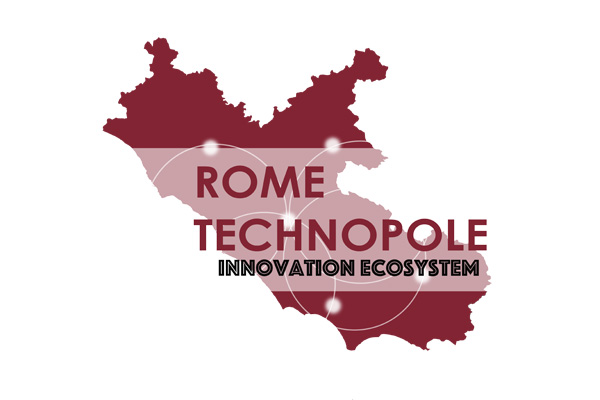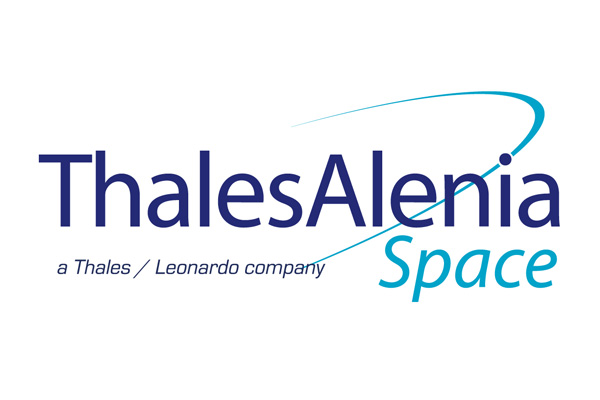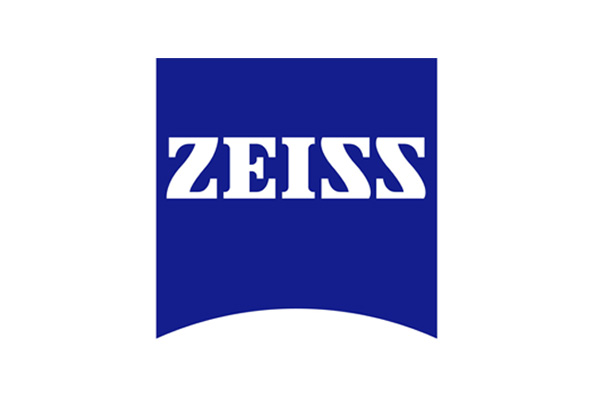| ROOM 1 | ||||||
|
WS.IX TECHNOLOGIES FOR ENERGY TRANSITION September 11 - 12 |
||||||
| Co-organized with: |
||||||
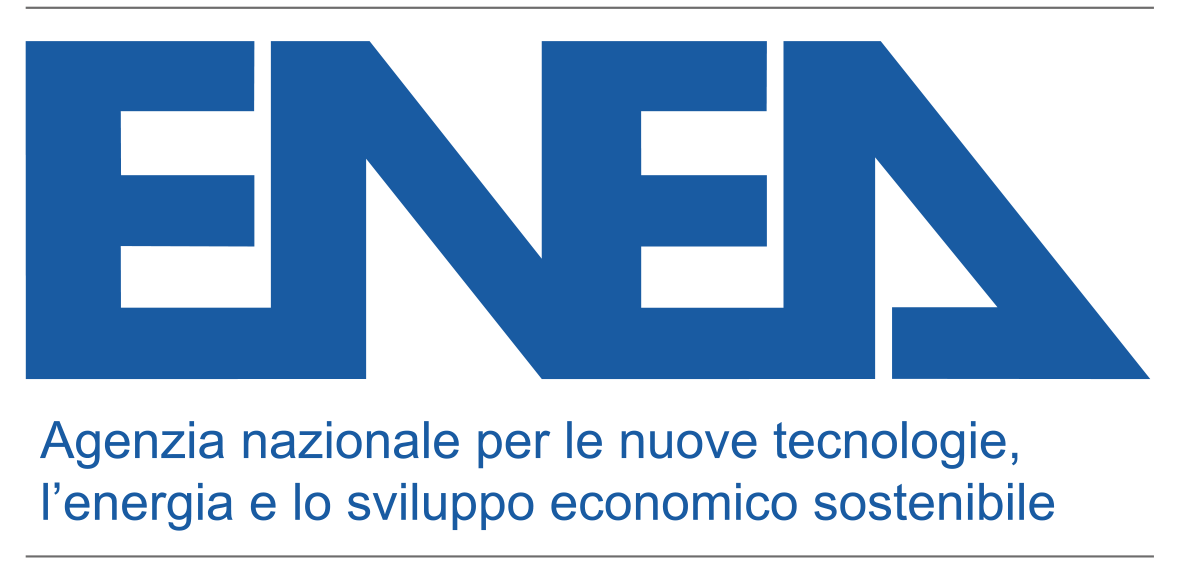 |
||||||
|
WORKSHOP COMMITTEE |
||||||
|
The undeniable worsening of the planet's environmental health, with the onset of local and global problems, like climate warming, is linked to anthropic activities that unbalance the content of greenhouse gases in the atmosphere. Among anthropogenic activities, the massive quantities of energy that underlie the well-being of the growing world population contribute mostly to climate-altering emissions, and therefore will have to be gradually decarbonized to limit emissions of carbon dioxide and other greenhouse gases. To meet this challenging objective, the development of technologies that combine economic well- being and social sustainability with environmental sustainability is required. In some cases, these technologies correspond to well-known scientific and cultural objectives for the mankind, who, through the observation of nature, pursues the artificial reproduction of nuclear fusion, the energy engine of the cosmos, and of photosynthesis, which chemically fixes the energy of the emitted photons. On the other end, opposite to what happens in nature, developing and using energy technologies draws on the methods of the most advanced science, while undergoing low production costs and simple application methods that guarantee social acceptance. These are heavy constrains indeed, compared to combustion a technology accessible and understandable since the discovery of fire. The highest barrier to the use of more advanced technologies is probably the need to keep the cost of energy low; furthermore, the scenario of the technological development in the energy sector is dominated by the large gap that is created between the scientific demonstration of the operating principle of a technology and its large-scale industrial application, traditionally called the ""valley of death"". The erratic nature of the production of renewables, day-night, seasonal, clear-cloudy, wind-calm, requires that excess power be installed and stored for an indefinite time, from a few minutes, for peaks in demand, up to one season. As well understood by the European and national legislators, in this context public intervention in research is necessary, given that the economic return from the development of new emerging energy technologies takes place in an unspecified and uncertain time period, but also the optimization of the efficient use of pre-existing technologies requires a refinement of methods and materials that is not trivial at all. The seminars presented by ENEA are placed in this general context of improvement of energy production, conversion and storage technologies and concern: batteries and electrochemical accumulators, thermochemical storage, computational technologies linked to the development of the new necessary materials, the energy networks and the chemical accumulation in hydrogen as a temporary reduction of an oxide for the subsequent reaction with the atmosphere. |
||||||
| September 11 | ||||||||
| 09:00 - 10:30 Electrochemical Energy Storage: LIB - innovative electrolytes 1/4 WS.IX.1 - TT.I.G |
||||||||
| Chair: Giovanni Battista APPETECCHI, ENEA | ||||||||
| The current energy scenario shows a continuous increase in non-programmable renewable energy sources which makes the use of different forms of energy storage essential. Among these, electrochemical storage and in particular rechargeable batteries stand out. Batteries have a key role in the energy transition and have the further advantage of being already of common use for some aspects of daily life. Batteries, therefore, do not need to prove their worth as “energy containers”, but must instead answer more complex questions such as the security of raw materials supply and value chain; they must demonstrate both their economic and environmental sustainability in stationary and mobility applications, necessary to unlock the next stages of the green transition. Furthermore, batteries must respond to increasingly specific and demanding demands on their performance in terms of energy density and durability. This is the main purpose of the large national System Research project 1.2 "Technologies and materials for electrochemical and thermal storage" (https://www.csea.it/ricerca-di-sistema/ ) through the research for new, high-performance and sustainable materials; the development of new alternative technologies, the study of systems and possible future scenarios, as well as the use of advanced computational studies for the understanding of batteries and their functioning at both a fundamental and application level. In this seminar, results from the almost completed three-year period 2022-2024 will be presented, focusing on the R&I on innovative electrolytes for lithium-ion batteries. | ||||||||
| WS.IX.1.1 TT.I.G.1 |
Margherita MORENO - CV ENEA Introduction on PTR22_24 Project 1.2 on Electrochemical Energy Storage |
 |
||||||
| WS.IX.1.2 TT.I.G.2 |
Giuseppe ELIA - CV Polytechnic University of Turin An Overview of Polymer-based Electrolytes with High Ionic Mobility for advanced Li-solid state battery |
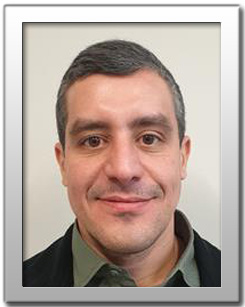 |
||||||
| WS.IX.1.3 TT.I.G.3 |
Arianna MASSARO - CV University of Naples "Federico II" Multiscale simulations of heterogeneous Li metal interfaces for next generation batteries |
 |
||||||
| WS.IX.1.4 TT.I.G.4 |
Giampaolo LACARBONARA - CV University of Bologna Preparation of stable, safe electrolytes and innovative separators for improving electrode performance |
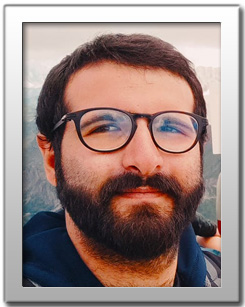 |
||||||
| WS.IX.1.5 TT.I.G.5 |
Matteo PALLUZZI - CV Sapienza University of Rome Green Ionic Liquids additives in high-voltage lithium batteries |
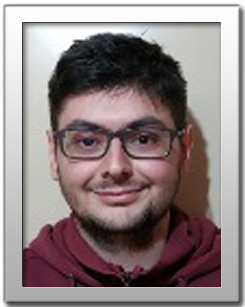 |
||||||
| 11:30 - 13:00 Electrochemical Energy Storage: LIB and Li-based new chemistries 2/4 WS.IX.2 - TT.II.G |
||||||||
| Chair: Margherita MORENO, ENEA | ||||||||
| The current energy scenario shows a continuous increase in non-programmable renewable energy sources which makes the use of different forms of energy storage essential. Among these, electrochemical storage and in particular rechargeable batteries stand out. Batteries have a key role in the energy transition and have the further advantage of being already of common use for some aspects of daily life. Batteries, therefore, do not need to prove their worth as “energy containers”, but must instead answer more complex questions such as the security of raw materials supply and value chain; they must demonstrate both their economic and environmental sustainability in stationary and mobility applications, necessary to unlock the next stages of the green transition. Furthermore, batteries must respond to increasingly specific and demanding demands on their performance in terms of energy density and durability. This is the main purpose of the large national System Research project 1.2 "Technologies and materials for electrochemical and thermal storage" (https://www.csea.it/ricerca-di-sistema/ ) through the research for new, high-performance and sustainable materials; the development of new alternative technologies, the study of systems and possible future scenarios, as well as the use of advanced computational studies for the understanding of batteries and their functioning at both a fundamental and application level. In this seminar, results from the almost completed three-year period 2022-2024 will be presented, focusing on the R&I on lithium-ion batteries and lithium-based innovative chemistries. | ||||||||
| WS.IX.2.1 TT.II.G.1 |
Stefano MARCHIONNA - CV RSE Oxidized Ti3Al(1-x)SixC2 and Ti3Al(1-x)SnxC2 MAX phases: innovative anodes of LIB and NIB |
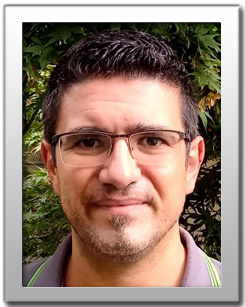 |
||||||
| WS.IX.2.2 TT.II.G.2 |
Maria MONTANINO - CV ENEA Gravure printed Lithium-ion batteries (LiBs): towards large area and high-performance materials |
 |
||||||
| WS.IX.2.3 TT.II.G.3 |
Francesca SCARAMUZZO - CV Sapienza University of Rome Electrode materials from alternative sources for supercapacitors |
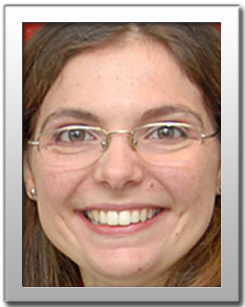 |
||||||
| WS.IX.2.4 TT.II.G.4 |
Gabriele D’AIUTO - CV Sapienza University of Rome Novel materials for anodeless lithium metal batteries |
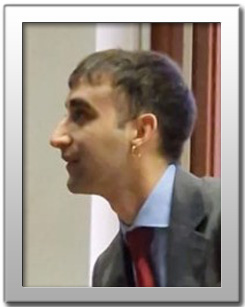 |
||||||
| WS.IX.2.5 TT.II.G.5 |
Julia AMICI - CV Polytechnic University of Turin Gel polymer electrolytes from renewable sources for Li-Oxygen batteries applications |
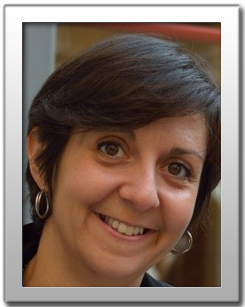 |
||||||
| 14:00 - 15:30 Electrochemical Energy Storage: Sodium-based technologies 3/4 WS.IX.3 - TT.III.G |
||||||||
| Chair: Omar PEREGO, RSE S.p.A. | ||||||||
| The current energy scenario shows a continuous increase in non-programmable renewable energy sources which makes the use of different forms of energy storage essential. Among these, electrochemical storage and in particular rechargeable batteries stand out. Batteries have a key role in the energy transition and have the further advantage of being already of common use for some aspects of daily life. Batteries, therefore, do not need to prove their worth as “energy containers”, but must instead answer more complex questions such as the security of raw materials supply and value chain; they must demonstrate both their economic and environmental sustainability in stationary and mobility applications, necessary to unlock the next stages of the green transition. Furthermore, batteries must respond to increasingly specific and demanding demands on their performance in terms of energy density and durability. This is the main purpose of the large national System Research project 1.2 "Technologies and materials for electrochemical and thermal storage" (https://www.csea.it/ricerca-di-sistema/ ) through the research for new, high-performance and sustainable materials; the development of new alternative technologies, the study of systems and possible future scenarios, as well as the use of advanced computational studies for the understanding of batteries and their functioning at both a fundamental and application level. In this seminar, results from the almost completed three-year period 2022-2024 will be presented, focusing on the R&I on sodium-ion batteries and other sodium-based technologies. | ||||||||
| WS.IX.3.1 TT.III.G.1 |
Omar PEREGO - CV RSE S.p.A. Introduction to sodium based electrochemical storage. Round robin test on sodium ion innovative materials within project RdS 1.2 |
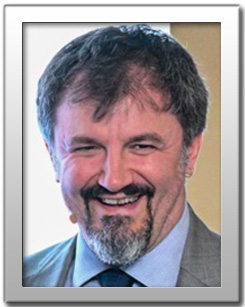 |
||||||
| WS.IX.3.2 TT.III.G.2 |
Domenico CORONA - CV University of Tor Vergata Doped manganites as cathodes for sodium-ion batteries: a self-consistent DFT+U study |
 |
||||||
| WS.IX.3.3 TT.III.G.3 |
Leonardo SBRASCINI - CV University of Camerino Synthesis and Characterization of Prussian Blue Analogues as Cathodes for Sodium-ion Batteries |
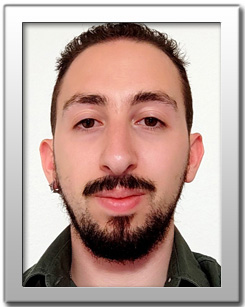 |
||||||
| WS.IX.3.4 TT.III.G.4 |
Ivan MASTRONARDO - CV CNR-ITAE Nasicon structure materials as cathode electrode for Na-ion battery |
 |
||||||
| WS.IX.3.5 TT.III.G.5 |
Francesca SOAVI - CV University of Bologna LIB cathode production processes designed for "direct recycling" |
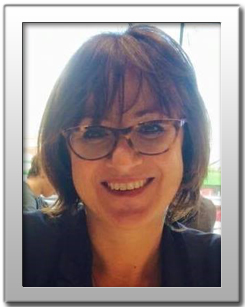 |
||||||
| 16:00 - 17:30 Electrochemical Energy Storage 4/4 WS.IX.4 - TT.IV.G |
||||||||
| Chair: Alessandra DI BLASI, CNR | ||||||||
| The current energy scenario shows a continuous increase in non-programmable renewable energy sources which makes the use of different forms of energy storage essential. Among these, electrochemical storage and in particular rechargeable batteries stand out. Batteries have a key role in the energy transition and have the further advantage of being already of common use for some aspects of daily life. Batteries, therefore, do not need to prove their worth as “energy containers”, but must instead answer more complex questions such as the security of raw materials supply and value chain; they must demonstrate both their economic and environmental sustainability in stationary and mobility applications, necessary to unlock the next stages of the green transition. Furthermore, batteries must respond to increasingly specific and demanding demands on their performance in terms of energy density and durability. This is the main purpose of the large national System Research project 1.2 "Technologies and materials for electrochemical and thermal storage" (https://www.csea.it/ricerca-di-sistema/ ) through the research for new, high-performance and sustainable materials; the development of new alternative technologies, the study of systems and possible future scenarios, as well as the use of advanced computational studies for the understanding of batteries and their functioning at both a fundamental and application level. The results from the almost completed three-year period 2022-2024 presented in this seminar will focus on various overarching aspects and transversal R&I challenges such as in-deep characterization or system hybridization or techno-economical aspects of present and future scenarios. | ||||||||
| WS.IX.4.1 TT.IV.G.1 |
Marco DONNINI - CV University of Tor Vergata Storing electrochemical and thermal energy: influence of design on performance parameters |
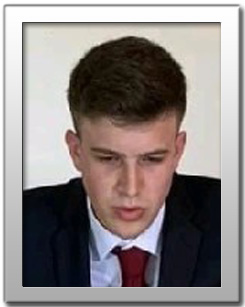 |
||||||
| WS.IX.4.2 TT.IV.G.2 |
Livio DE CHICCIS - CV | Vittoria BATTAGLIA - CV ENEA Technical, economic and environmental assessment of energy storage technologies via scenarios of penetration into Italian electric(power) grid |
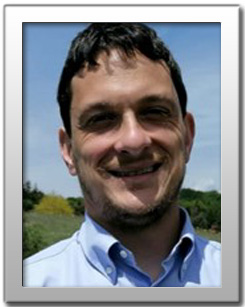 |
 |
|||||
| WS.IX.4.3 TT.IV.G.3 |
Giulio MELA - CV (Remotely) RSE Socio economic analisys: national gigafactories |
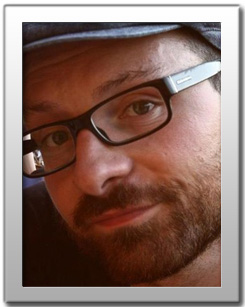 |
||||||
| WS.IX.4.4 TT.IV.G.4 |
Mauro FALCONIERI - CV ENEA Vibrational Spectroscopies for Characterization of Materials for Electrochemical Storage Devices |
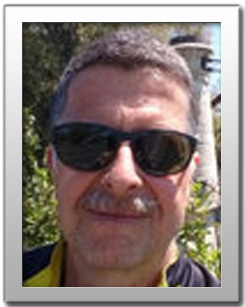 |
||||||
| WS.IX.4.5 TT.IV.G.5 |
Alessandra DI BLASI - CV CNR CNR Research Activity on next generation sustainable electrochemical storage solutions |
 |
||||||
| September 12 | ||||||||
| 09:00 - 10:30 Thermal Energy Storage 1/2 WS.IX.5 - TT.V.G |
||||||||
| Chair: Raffaele LIBERATORE, ENEA | ||||||||
| The increase in the use of non-programmable renewable sources requires tools that ensure continuous supply without impacting the environment or the use of strategic materials. Introducing a thermal storage system with high energy density or high capacity, with good performance in terms of temperatures and reversibility, could significantly reduce the consumption of fossil energy, not only in the civil sector but also in the industrial sector and the production of electricity. The requests for technological development include the search for new materials, such as thermochemical or nanostructured phase change materials, the development of processes to minimize thermal losses, the validation of new applications that exploit large basins such as underground aquifers or other thermal sources such as geothermal resources, as well as the development of advanced controls to align energy demand with production capabilities. In addition to low-temperature and residential application systems, particular concrete materials with nano-enhanced micro-encapsulated and nanostructured electro-dissipative phase change materials for power-to-heat applications will be covered here. In addition, the development of numerical models for the study of advanced solutions of cascade thermal storage systems for industrial plants, studies on medium-temperature thermochemical materials and high-temperature fluidized beds will be analyzed | ||||||||
| WS.IX.5.1 TT.V.G.1 |
Raffaele LIBERATORE - CV ENEA Introduction on PTR22_24 Project 1.2 concerning Thermal Energy Storage |
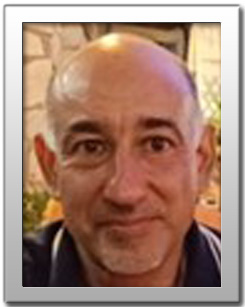 |
||||||
| WS.IX.5.2 TT.V.G.2 |
Roberto PETRUCCI - CV University of Perugia Nano-enhanced micro-encapsulated phase change materials in high-performance concrete for thermal energy storage |
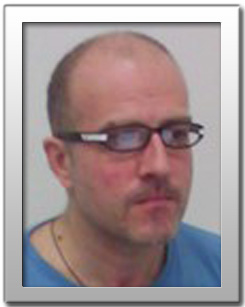 |
||||||
| WS.IX.5.3 TT.V.G.3 |
Franco DOMINICI - CV University of Perugia Nanostructured electro-dissipative concretes for power to heat applications in thermoelectric energy storage |
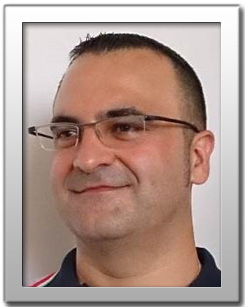 |
||||||
| WS.IX.5.4 TT.V.G.4 |
Francesco FORNARELLI - CV University of Foggia Unsteady simplified numerical model for the prediction of latent heat thermal energy storage devices |
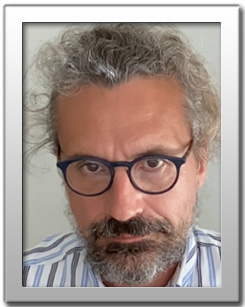 |
||||||
| WS.IX.5.5 TT.V.G.5 |
Alessandra ADROVER - CV Sapienza University of Rome CFD analysis on the thermo-physical characterization of a PCM storage medium |
 |
||||||
| 11:30 - 13:00 Thermal Energy Storage 2/2 WS.IX.6 - TT.VI.G |
||||||||
| Chair: Raffaele LIBERATORE, ENEA | ||||||||
| The increase in the use of non-programmable renewable sources requires tools that ensure continuous supply without impacting the environment or the use of strategic materials. Introducing a thermal storage system with high energy density or high capacity, with good performance in terms of temperatures and reversibility, could significantly reduce the consumption of fossil energy, not only in the civil sector but also in the industrial sector and the production of electricity. The requests for technological development include the search for new materials, such as thermochemical or nanostructured phase change materials, the development of processes to minimize thermal losses, the validation of new applications that exploit large basins such as underground aquifers or other thermal sources such as geothermal resources, as well as the development of advanced controls to align energy demand with production capabilities. In addition to low-temperature and residential application systems, particular concrete materials with nano-enhanced micro-encapsulated and nanostructured electro-dissipative phase change materials for power-to-heat applications will be covered here. In addition, the development of numerical models for the study of advanced solutions of cascade thermal storage systems for industrial plants, studies on medium-temperature thermochemical materials and high-temperature fluidized beds will be analyzed. | ||||||||
| WS.IX.6.1 TT.VI.G.1 |
Maria Anna MURMURA - CV Sapienza University of Rome Analysis of a high-temperature thermochemical storage process in fluidized bed reactors |
 |
||||||
| WS.IX.6.2 TT.VI.G.2 |
Matteo BATTAGLIA - CV University of Tor Vergata Optimization of spinel synthesis method for thermal energy storage applications |
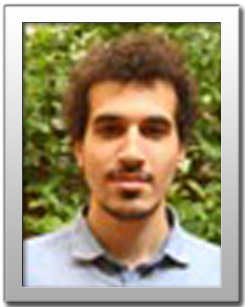 |
||||||
| WS.IX.6.3 TT.VI.G.3 |
Giuseppe MESSINA - CV, ENEA Ambra GIOVANNELLI - CV, Roma Tre University Preliminary turbomachinery design of a power cycle integrated with a cold storage system |
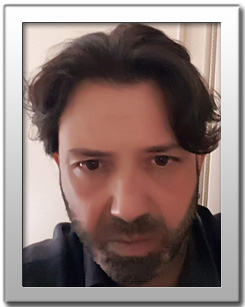 |
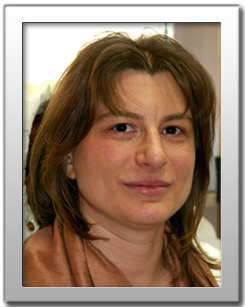 |
|||||
| WS.IX.6.4 TT.VI.G.4 |
Paola CASTELLAZZI - CV & Enrico PATRUCCO RSE Mathematical modeling of a zeolite-based thermochemical storage reactor: experimental validation and building-plant integration |
 |
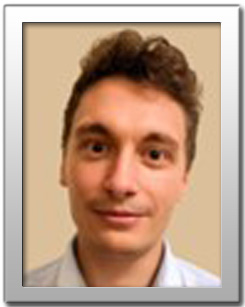 |
|||||
| WS.IX.6.5 TT.VI.G.5 |
Gabriella SQUARZONI - CV RSE Pre-feasibility analysis of a HT-ATES system using numerical simulations |
 |
||||||
| WS.IX.6.6 TT.VI.G.6 |
Angelo FRENI - CV CNR New adsorbents for thermochemical heat storage |
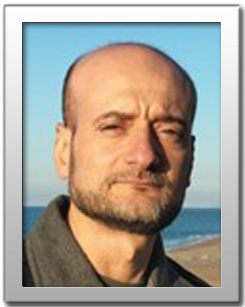 |
||||||
| 14:00 - 15:30 Materials and Approaches for Solar-Driven water splitting for Hydrogen Production: Perovskites and New Organic Compounds WS.IX.7 - TT.VII.G |
||||||||
| Chair: Vera LA FERRARA - CV, ENEA | ||||||||
| Advancements in sustainable energy technologies have boosted research on hydrogen production through water photoelectrolysis, which is a promising technique for storing solar energy in chemical bonds. Currently, hydrogen production via water splitting is primarily conducted using two methods: the indirect PV-EC method, which utilizes electricity generated from photovoltaic (PV) plants to power electrochemical (EC) reactions that generate hydrogen, and the direct method, which uses photoelectrochemical (PEC) water splitting to directly convert solar energy into hydrogen and oxygen without the need for an external power supply. This direct transformation offers a viable alternative to PV-EC devices, as it integrates light absorption and photocatalysis into a single device, the photoelectrode. Current research is focused on semiconductor oxides, such as TiO2, Fe2O3, WO3, and BiVO4, with the aim of improving their efficiency through doping and morphology control. These materials often exhibit non-ideal charge-transport properties and misaligned bandgaps, which hinder optimal solar light absorption and conversion. In this context, new organic materials and hybrid materials, such as metal halide perovskite, are emerging as promising candidates for photoelectrodes. Perovskites, on the other hand, have exceptional optoelectronic properties, including high light absorption capacity, efficient charge carrier mobility, and tunable energy bandgaps. The integration of perovskites with catalyst materials aims to enhance the synergy between light absorption and catalytic activity, thereby increasing the water-splitting efficiency. An alternative to hydrogen production through photoelectrolysis is photocatalytic water splitting, which directly uses sunlight, water, and a photocatalyst. In this section, we will explore the significant challenges of photoelectrolysis and photocatalysis for hydrogen production and discuss strategies and integration with emerging materials, such as perovskites and other organic/inorganic materials, aiming to further enhance the efficiency and sustainability of the process. | ||||||||
| WS.IX.7.1 TT.VII.G.1 |
Vera LA FERRARA - CV ENEA Introduction |
 |
||||||
| WS.IX.7.2 TT.VII.G.2 |
Lorenzo ZANI - CV CNR-ICCOM Development of New Organic Compounds for Dye-Sensitized Photocatalytic and Photoelectrochemical Hydrogen Production |
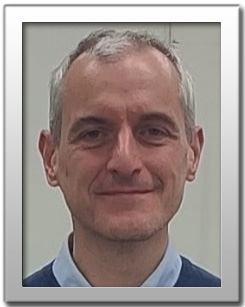 |
||||||
| WS.IX.7.3 TT.VII.G.3 |
Lorenzo MALAVASI - CV University of Pavia Metal halide perovskites and perovskite derivatives for photocatalytic solar fuel production: from design to application |
 |
||||||
| WS.IX.7.4 TT.VII.G.4 |
Silvia COLELLA - CV CNR-NANOTEC Tailoring the perovskite interface for photocatalytic applications |
 |
||||||
| WS.IX.7.5 TT.VII.G.5 |
Jessica BARICHELLO - CV ISM-CNR Encapsulation and Stability of Perovskite solar cells for Underwater applications |
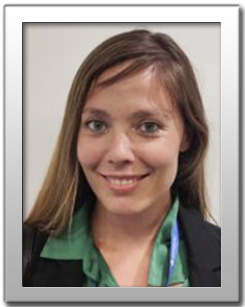 |
||||||
| 16:00 - 17:30 Hybrid energy storage for mobility (joint with ENEA & EERA Joint Programme Energy Storage) WS.IX.8 - TT.VIII.G |
||||||||
| Chair: Margherita MORENO, ENEA | ||||||||
| In a scenario that is increasingly moving towards a world free from the excessive use of fossil fuels, it is important to consider how hybrid storage solutions can make it possible to broaden the penetration of low-emission vehicles even in those portions of the market that are inaccessible for a single technology. In this session, after a brief overview, various applications and solutions will be presented by researchers, companies and stakeholders, as well as the results of some projects that aim to develop hybrid storage technologies for mobility applications. | ||||||||
| WS.IX.8.1 TT.VIII.G.1 |
Salvatore VASTA - CV CNR-ITAEE Revolutionizing Hybrid Mobile Storage with Adsorption Cooling Solutions |
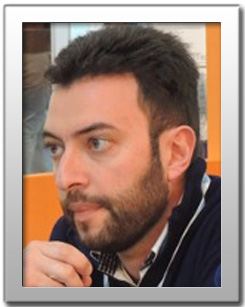 |
||||||
| WS.IX.8.2 TT.VIII.G.2 |
Annamaria BUONOMANO - CV University of Naples Advanced thermal energy storage systems for optimizing the on-board waste heat recovery |
 |
||||||
| WS.IX.8.3 TT.VIII.G.3 |
Giovanni ESPOSITO - CV @ArgoTractors Future propulsion systems for off-road vehicles, electric or endothermic? How the energy storage constraints steer the development |
 |
||||||
| WS.IX.8.4 TT.VIII.G.4 |
Silvia MINETTO - CV CNR-ITC Natural Refrigerants and TES for last mile delivery |
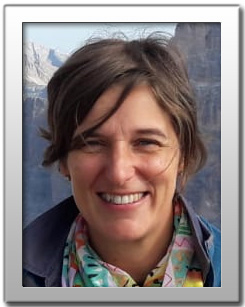 |
||||||
| WS.IX.8.5 TT.VIII.G.5 |
Yannick WIMMER AIT Techno-economic evaluation on hybrid storage mobile application |
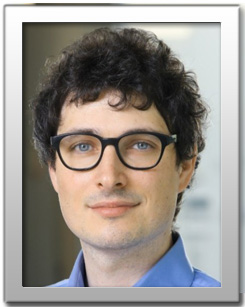 |
||||||
| 09:00 - 10:30 Automation and high throughput research 1/2 WS.IX.9 - TT.V.K |
||||||||
| Chairs: Massimo CELINO & Francesco BUONOCORE, ENEA | ||||||||
| The Italian Energy Materials Acceleration Platform (IEMAP) thanks to a grant from the Ministry of Environment and Energy Security that supports Italian participation in the Mission Innovation international cooperation initiative, intends to build an advanced digital laboratory that harnesses the power of supercomputing, Artificial Intelligence tools and Big Data to accelerate the design of materials for energy applications in the energy storage and renewable energy sectors. The infrastructure will be able to collect, store, and process a significant amount of experimental and computational data from various Italian research laboratories in the field of materials for energy. During the meeting, ENEA, CNR and IIT will discuss the state of the art of energy technologies, the development of new solutions and prospects. | ||||||||
| WS.IX.9.1 TT.V.K.1 |
Nicola LISI - CV ENEA Towards a universal materials sequencing machine |
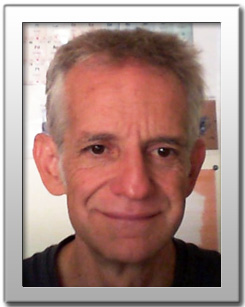 |
||||||
| WS.IX.9.2 TT.V.K.2 |
Francesco BUONOCORE - CV ENEA Advances in Na-Ion Battery Cathode Materials: Comparison of DFT and Machine Learning Approaches |
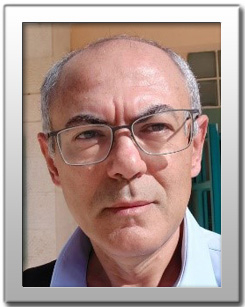 |
||||||
| WS.IX.9.3 TT.V.K.3 |
Federica FORTE - CV ENEA Materials recovery from end-of-life electrochemical storage systems: results from the IEMAP project |
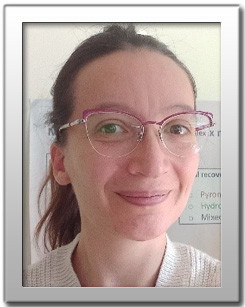 |
||||||
| WS.IX.9.4 TT.V.K.4 |
Juliette ZITO - CV IIT A Universal Database of Surface Ligands in Colloidal Semiconductor Nanocrystals |
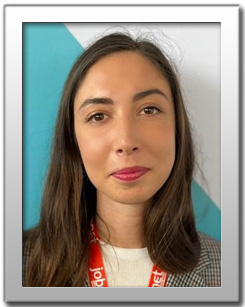 |
||||||
| WS.IX.9.5 TT.V.K.5 |
Meenakshi PEGU - CV IIT Organic Amphiphile as a Surface Ligand for Stable Caesium Lead Bromide Nanocrystals |
 |
||||||
| 11:30 - 13:00 Automation and high throughput research 2/2 WS.IX.10 - TT.VI.L |
||||||||
| Chair: Francesco BUONOCORE, ENEA | ||||||||
| The Italian Energy Materials Acceleration Platform (IEMAP) thanks to a grant from the Ministry of Environment and Energy Security that supports Italian participation in the Mission Innovation international cooperation initiative, intends to build an advanced digital laboratory that harnesses the power of supercomputing, Artificial Intelligence tools and Big Data to accelerate the design of materials for energy applications in the energy storage and renewable energy sectors. The infrastructure will be able to collect, store, and process a significant amount of experimental and computational data from various Italian research laboratories in the field of materials for energy. During the meeting, ENEA, CNR and IIT will discuss the state of the art of energy technologies, the development of new solutions and future prospects. | ||||||||
| WS.IX.10.1 TT.VI.L.1 |
Massimo CELINO ENEA The IEMAP infrastructure for advanced materials design |
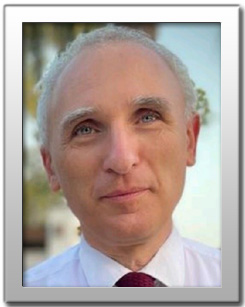 |
||||||
| WS.IX.10.2 TT.VI.L.2 |
Leonarda Francesca LIOTTA - CV CNR Investigation of La0.6Sr0.4Fe0.8-xMxCo0.2O3-yFy (M= Cu, Ni) perovskite oxides as electrocatalysts for clean energy transition |
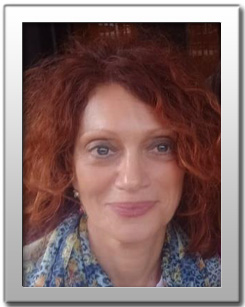 |
||||||
| WS.IX.10.3 TT.VI.L.3 |
Nicola BRIGUGLIO - CV CNR Scale-up studies on the optimization of catalyst loading and the porous transport layer for regenerative electrolyser applications |
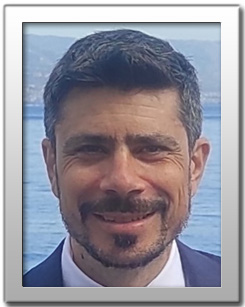 |
||||||
| WS.IX.10.4 TT.VI.L.4 |
Stefania SIRACUSANO - CV CNR Low loading CRM and CRM - free electrocatalysts as new cost – effective strategy in PEMWE |
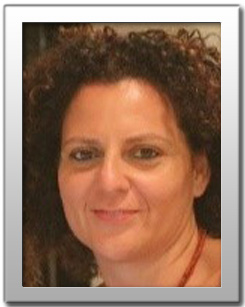 |
||||||
| 14:00 - 15:30 Novel methodologies, models, and solutions for secure and cyber-resilient smart grids and multi-carrier energy systems WS.IX.11 - TT.VII.L |
||||||||
|
Chair: Martina CALIANO, ENEA
|
||||||||
| WS.IX.11.1 TT.VII.L.1 |
Giovanni BRUNACCINI - CV CNR Multi-agent based model for microgrid ancillary services provision |
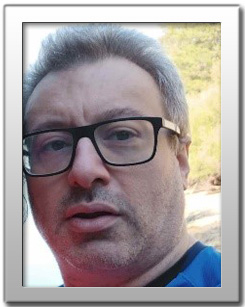 |
||||||
| WS.IX.11.2 TT.VII.L.2 |
Martina CALIANO - CV ENEA Mission Project: Use Cases and Services of the Smart Energy Microgrid Platform (SEMP) |
 |
||||||
| WS.IX.11.3 TT.VII.L.3 |
Giovanna ADINOLFI - CV ENEA Innovative devices for electric and cyber security in distribution grids |
 |
||||||
| WS.IX.11.4 TT.VII.L.4 |
Roberto CIAVARELLA - CV ENEA 2022-2024 Three-Year Plan for Electricity System Research - Research Topic 2.3 Evolution, planning, management and electricity networks operation |
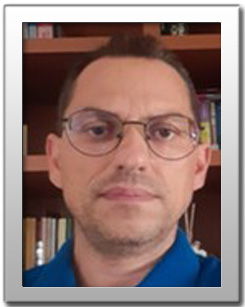 |
||||||
| WS.IX.11.5 TT.VII.L.5 |
Luigi MARTIRANO Sapienza University of Rome Microgrids with renewables, storage, fuel cells and electric vehicles charging stations integrated in smart buildings and energy communities: Hybrid Energy Hub Lab |
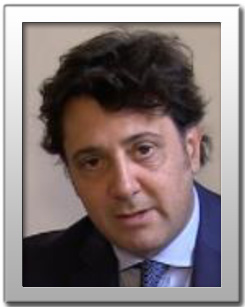 |
||||||
| Back to Overview | Go to Plan 11 September | ||
| Go to Plan 12 September | |||



